Our round-up from the inaugural digital event
Last week I attended the very first Nottingham Digital Summit, conceived, managed and led by local agency Hallam to champion digital excellence in the city of Nottingham. The event included an interesting mix of inspiration, innovation and insight across a range of digital disciplines, from UX and SEO through to content marketing and design. What’s more, the conference supported a good cause, raising over £15,000 for Framework, a Nottingham-based housing association dedicated to delivering opportunities to homeless and vulnerable people across the East Midlands.
There was a lot to take in and digest from the summit and the Hallam team did a brilliant job of summarising in detail all the different sessions. I would recommend taking the time to review these individual round-ups, which also include links to the speakers and their slides. With this in mind, rather than providing a comprehensive summary of the conference, I’ve identified a handful of interesting takeaways that stood out and made me think.
1. Scale your content marketing efforts
Kirsty Hulse of Many Minds delivered a fun, practical and thought-provoking presentation on the benefits of cheap, scalable but effective content marketing.
At first I was a little sceptical about the concept of ‘scalable’ content marketing, however, Kirsty’s message was about mitigating the failures of large, expensive content marketing campaigns with the creation of smarter, smaller content to spread the risk. A resourceful way of thinking for small and large brands alike.
Great content marketing doesn’t always require lots of money and is anchored on having a great idea, backed by data and a useful, shareable asset.
But what can you do to generate ideas, data and assets quickly and efficiently? Kirsty had some very handy practical tools and suggestions:
Creative
- Conduct a simple, timed, brainstorming exercise based on the core brand idea. The objective is to get to the point where you’re generating ideas and concepts that aren’t restricted from your conscious/ analytical mind
- Take sub-topics and ideas and plug them into a tool like BuzzSumo, very useful for investigating popular content topics currently being shared
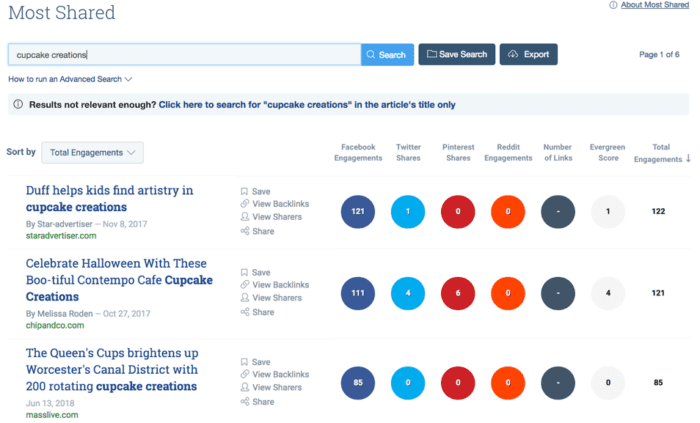
- Take your ideas, back-up with data (more on that below) and refine/ develop further with the input from colleagues
Data
- Conduct a survey using a tool like Pollfish to generate data quickly and easily. If you’re looking for something more substantial, consider existing data from credible polls, e.g. as YouGov, Reuters or Pew
- There are white papers on hundreds of different topics that can provide free, accessible data to generate new ideas or underpin what you already have:
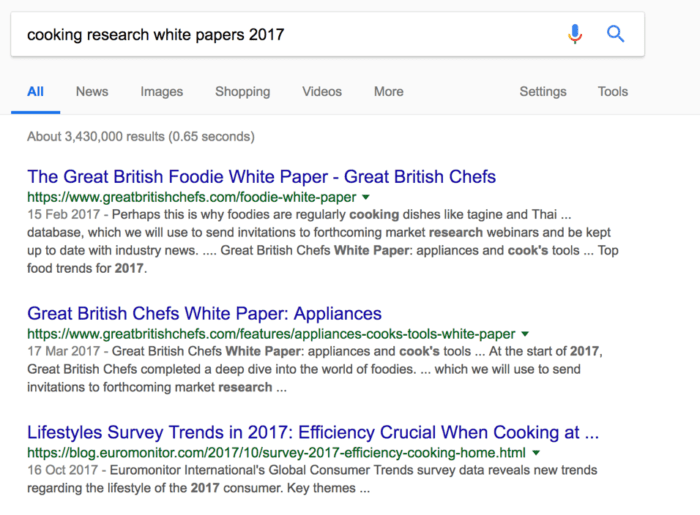
- Niche, academic search engines such as DataSearch can be used to add credibility to the campaign ideas you’re developing. Academic research is very powerful and the academics themselves are likely to accommodate the use of the research
2. The future of search is already here
It sometimes feels like we're constantly talking about the future of search and all its possibilities, yet two talks from Vikas Arora at Microsoft and Barry Adams from State of Digital highlighted that the future of search is already here and marketers must act now to take advantage.
Two points in particular resonated:
AI and machine learning are directly influencing search today
Vikas Arora explained that by 2020 50% of search will come from image or voice and that 85% of customer interactions with a company will happen without even interacting with a human being.
With the rise of voice, image search and bot technology, AI and machine learning are becoming a bigger priority for marketers and developers, with half of all developer teams embedding AI into their apps.
As with Google, AI powered search capabilities are having a more noticeable impact on search results and digital marketers must be open-minded and forward-thinking to capitalize on consumer trends and expectations:
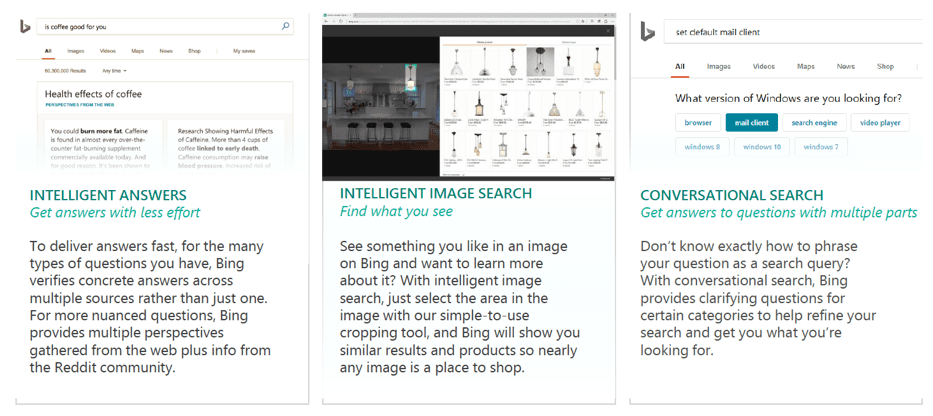 Take advantage of structured data markup
Take advantage of structured data markup
Barry Adams expanded on this theme, highlighting that search today is predominantly centred around voice search and contextual triggers, the latter seen in the form of real-time Google Maps updates based on our data or the use of consumers’ smartwatch data to influence insurance premiums.
However it was interesting to go into a little more detail as to what we can do to actually take advantage of these factors, and structured data markup was a top recommendation to integrate your data with new functionality.
Structured data markup has been available to search marketers for a number of years now, yet it’s continually evolving and becoming increasingly important with the rise of screenless search and contextual triggers. Why? Because structured data takes away the guesswork for search engines by giving them detailed information about your content and provides more relevant and useful results for users. Whilst video, articles and review markup is quite well known, it was interesting to learn that speakable and HowTo Schema markup can be used to create a step-by-step voice recipe instruction for smart devices:
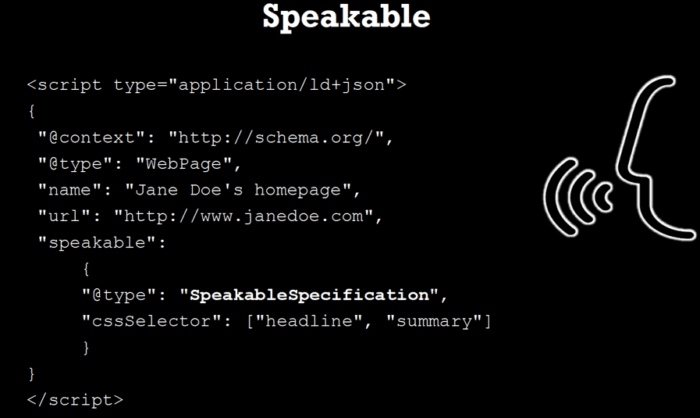
3. Put the user at the heart of your digital planning
One of the attractions for attending the Nottingham Digital Summit was the inclusion of a number of user experience speakers, including Dr Sam Howard from Userfy, Ian Coupland of Experian and Gavin Holland of Capital One. Each speaker brought a fresh and interesting perspective but a common theme from all was the importance of taking a user-centric approach and seeing things from the customer’s point of view when developing digital content and experiences.
Rachel Sterling from Speedo delivered a very practical, real-world example that outlined how the brand advocated for the user and took a test-first mentality. Speedo had realized that customers rarely choose the right goggles due to so many different product variations (145+) and attributes and Speedo were, therefore, updating their website to address these challenges and deliver a more effective experience.
Some of the key steps and processes included:
- Start by making a detailed evaluation of the current experience - review current layouts and content and consider the moments that matter - how does the customer become aware and ultimately research and but the product
- Conduct research - there are four types areas:
-
- 1. Usability testing
- 2. In-store research
- 3. Competitor analysis
- 4. Deep-dive web analytics
- Collaborate - different teams, from Sales through to Brand & Marketing, can provide useful insights
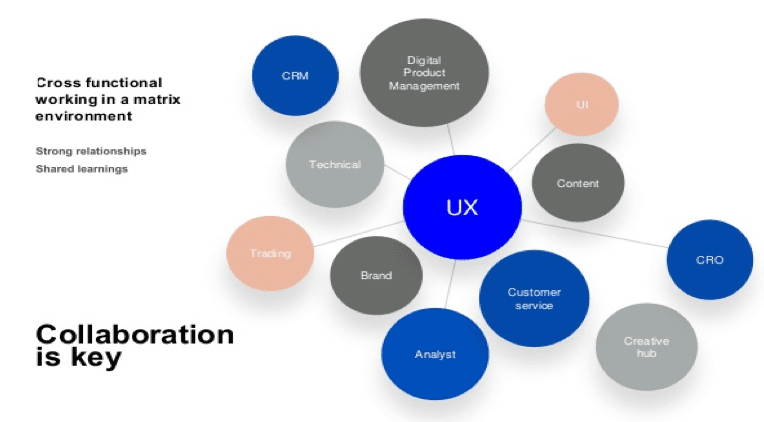
- Establish a hypothesis to test - identify the problem you’re facing, highlight the lever required and assign KPIs, e.g.:
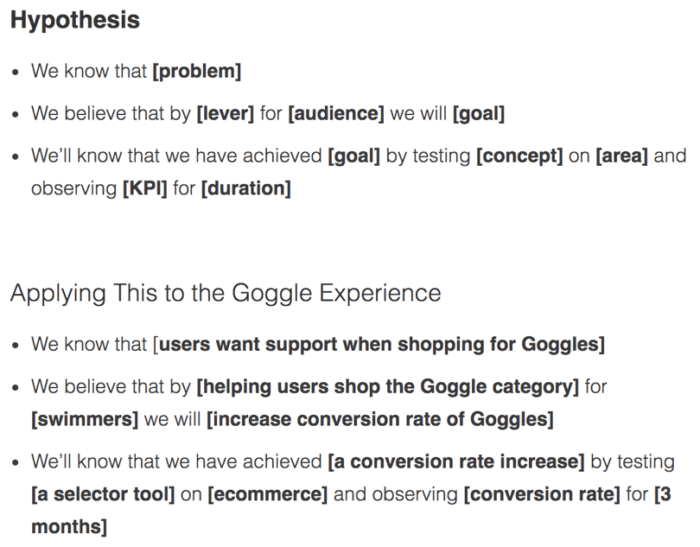
- Run a user-centered design process - involve customers and iterate based on feedback:
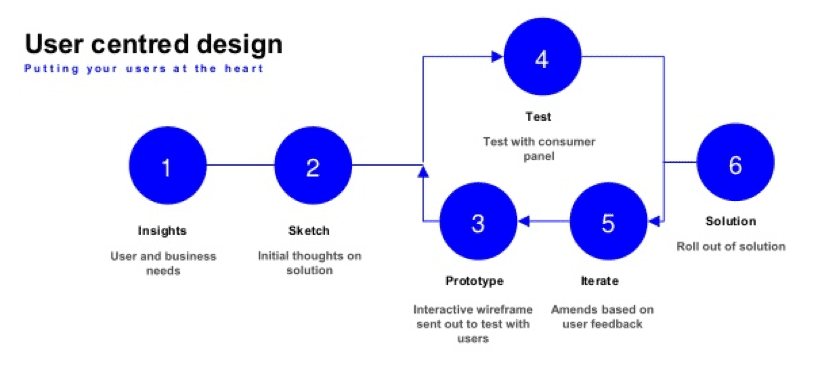
We may not always have the skills, resources and capabilities to run an in-depth UX process such as the one above, however the Speedo case study and the other UX presentations gave me the confidence that we can at the very least put the user at the heart of our thinking to ensure we produce content that has the best chance possible to resonate with our customers.













